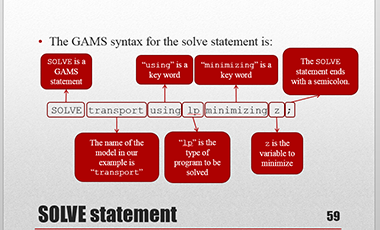The African Growth and Development Policy (AGRODEP) Modeling Consortium was established to help meet the analytical needs of agricultural development strategies, particularly of the CAADP agenda. During the second phase of the project, the Consortium continues to build on the foundation established over the first phase of the project and is strengthening its thrust in scaling up membership and deploying technical expertise to provide policy analysis and strategic advisory services to state and non-state actor organizations at the country and regional levels.
The goals of AGRODEP are to:
- Create a critical mass of top-rated analytical expertise to address future growth and development policy issues of major importance to Africa, and
- Sustain a core group of scientists that can effectively engage and partner with the international modeling community to ensure that Africa-specific aspects of strategic issues of global importance are sufficiently studied.
The objectives of the Consortium are being met through the following key components:
- Policy Analysis and Advisory Services
- Technical Resources Libraries
- Capacity Strengthening and Outreach
- Coordination and Governance
The AGRODEP portal www.agrodep.org was transferred to Akademiya2063 on September 30, 2022.












